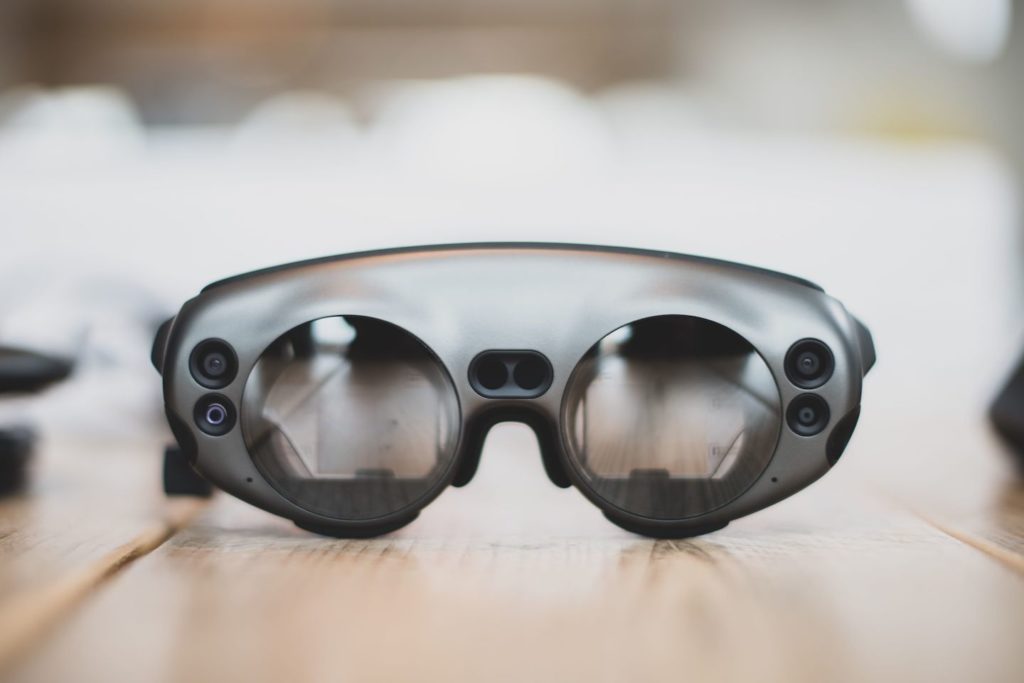Reanalysing the net, or which way is up?

When analysing the orientation of something like the internet, depending on your perspective, anything can be correct.
What this means for designers, is that at the peak of understanding or education, there is always the other side of the market to analyse.
And in terms of the net, eventually after hemispherical analysis, there are multitudes of other organisations, which explain truthfully, which way is up.




